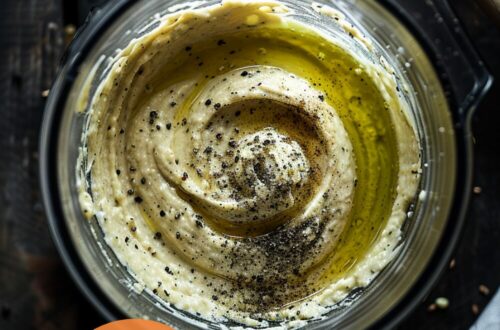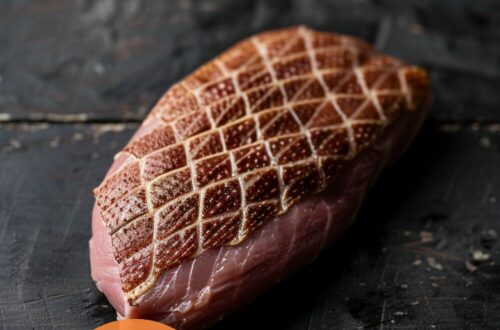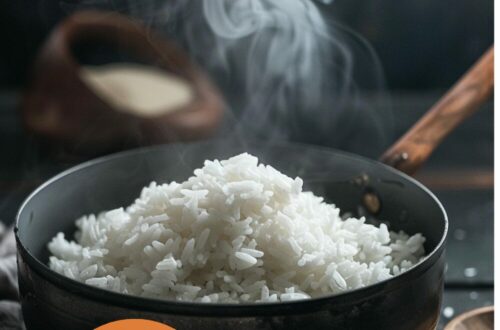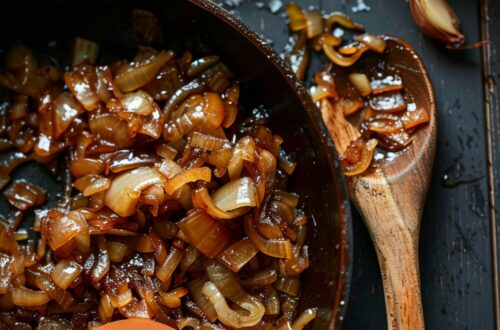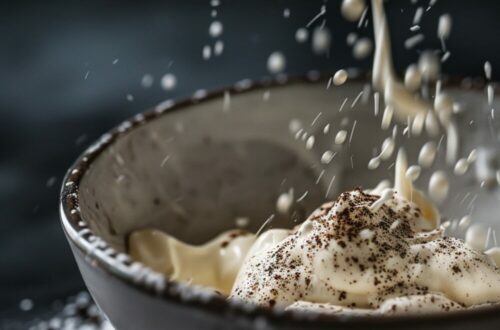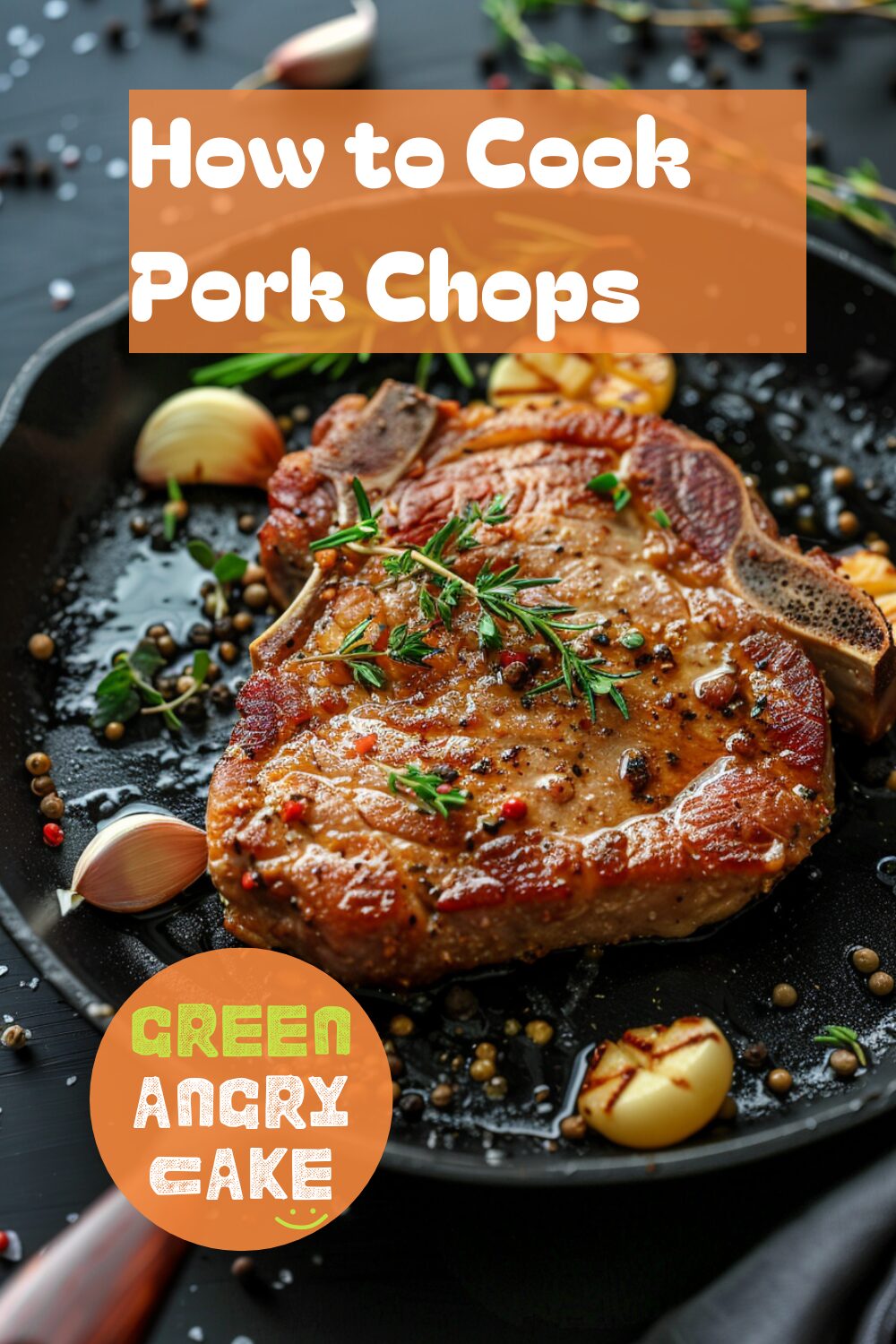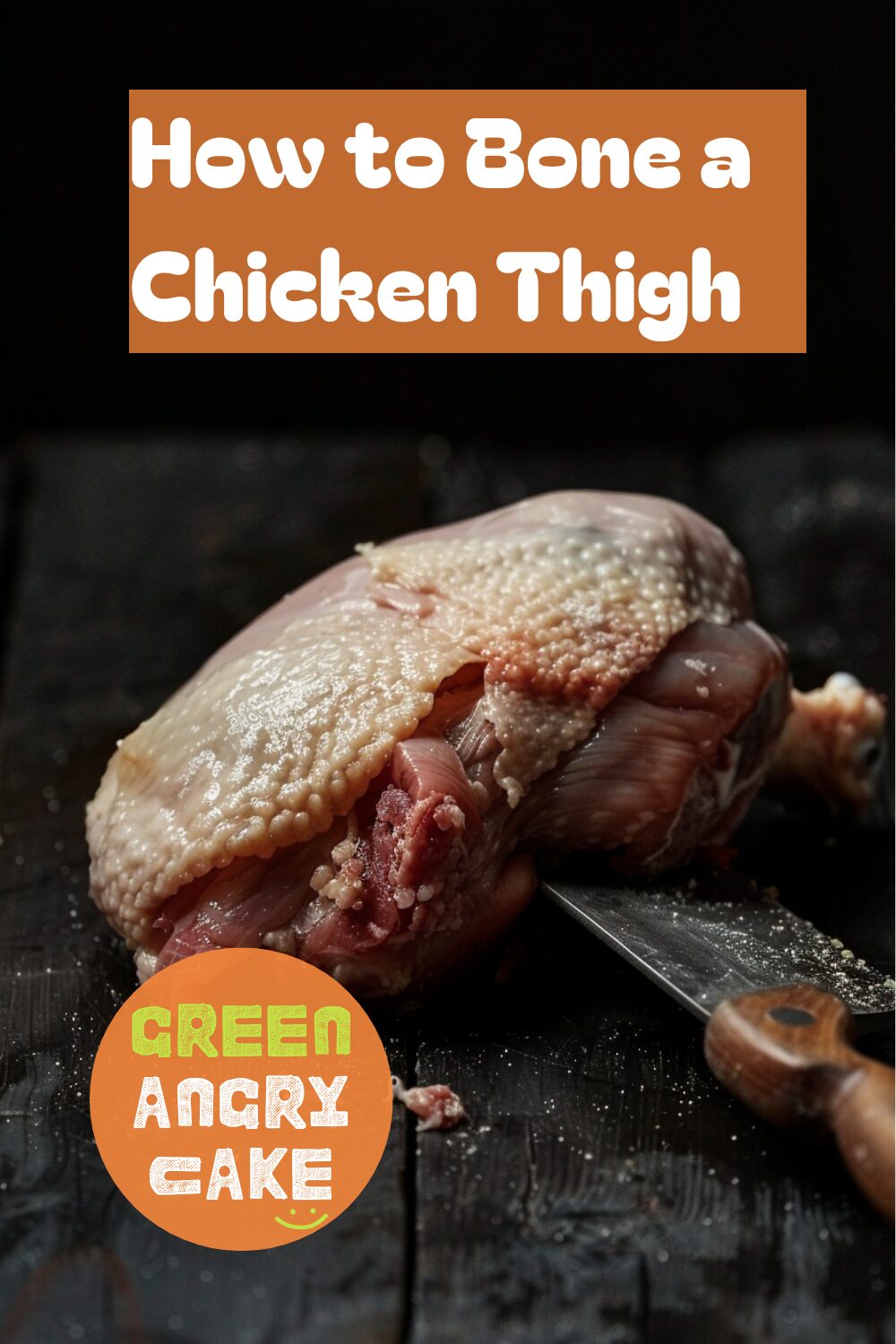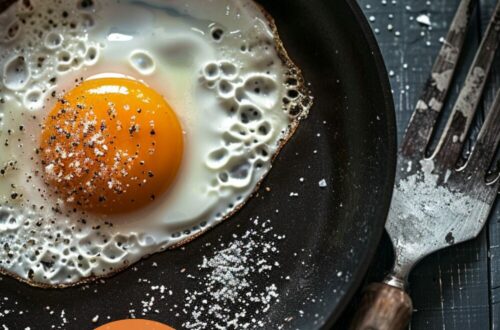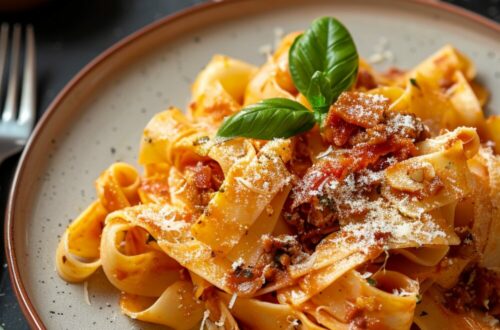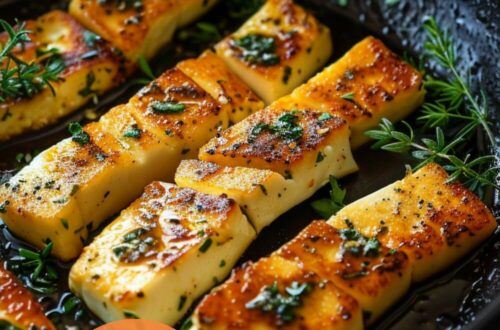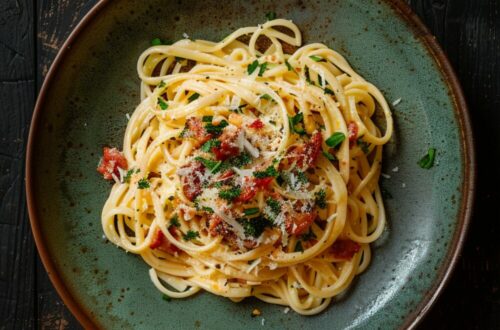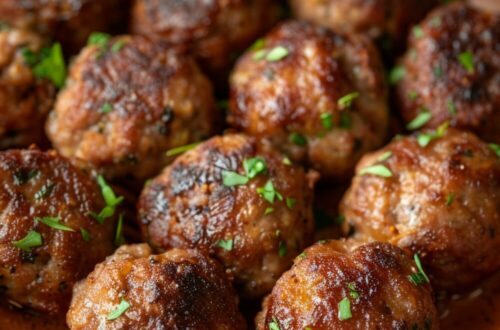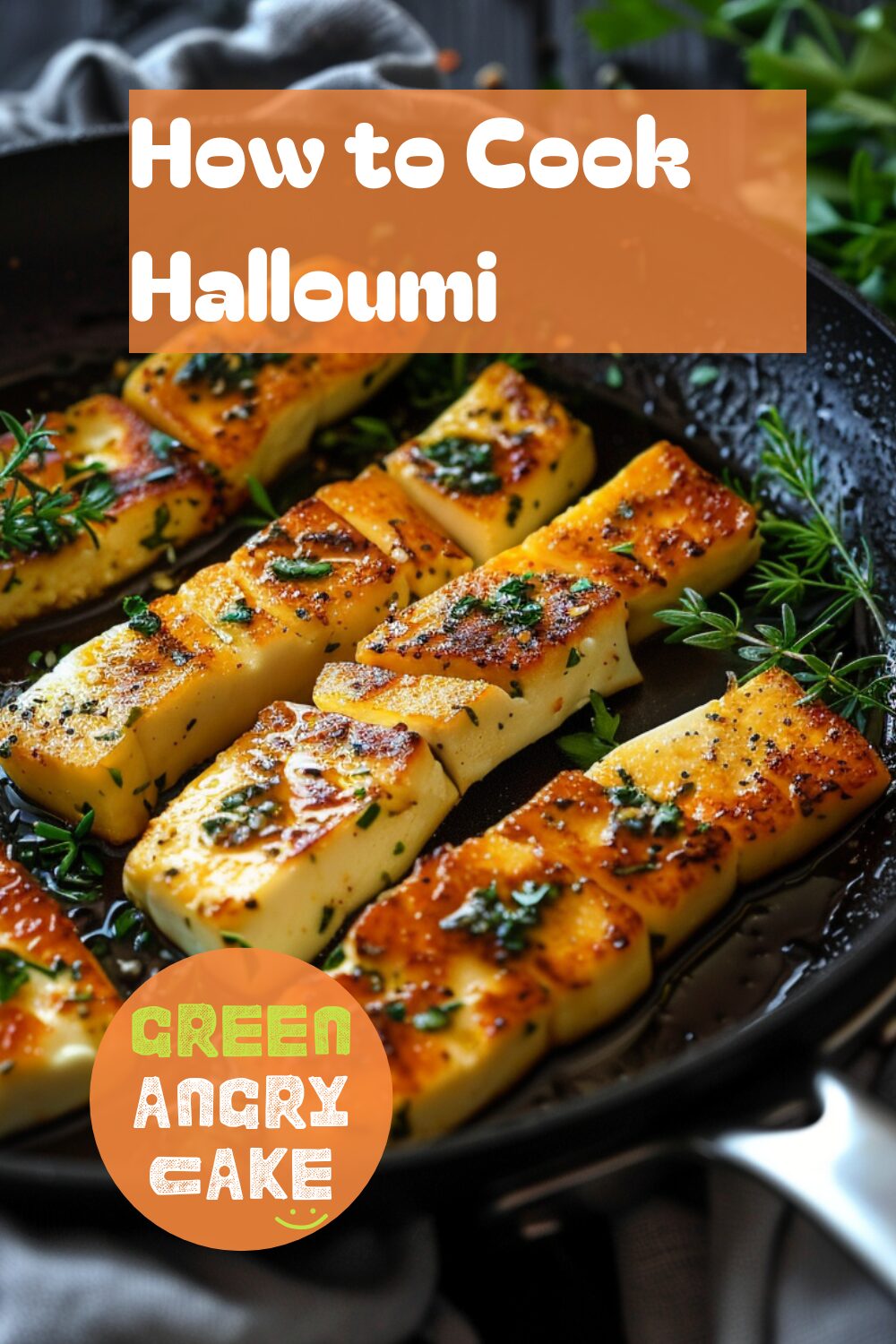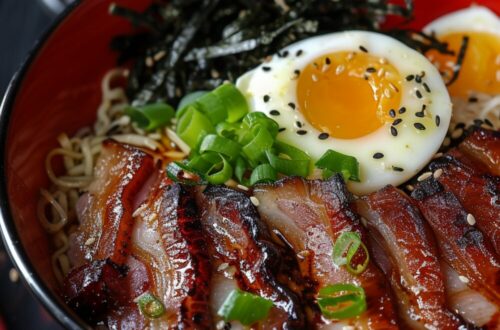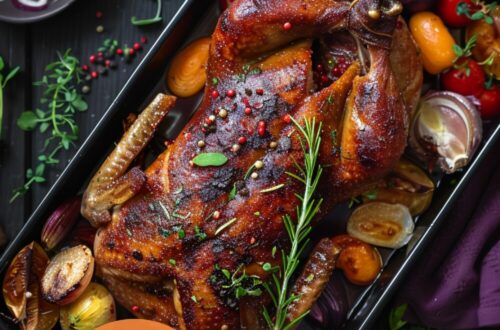-
Easy Mussel Cleaning – Step-by-Step Guide
Enhance your seafood preparation skills with our guide on mussel cleaning techniques. Learn how to clean and de-beard mussels perfectly using simple steps. Our step-by-step instructions ensure you get the most out of your mussels, making them ready for your favorite recipes.
Cleaning and De-Bearding Mussels
Equipment Needed:
Step-by-Step Instructions for Mussel Cleaning Techniques:
- Initial Cleaning: If your mussels are covered in mud or barnacles, rub handfuls of them together under running water before you start.
- Check for Open Mussels: Tap any mussels that are partly open and discard those that do not close tightly.
- Rinse the Mussels: Rinse or dip each mussel in cold water.
- Remove the Beards: Pull the straggly, hairy ‘beards’ from the mussels.
- Post-Cooking Check: After cooking, discard any mussels that have not fully opened.
Cleaning and de-bearding mussels is a quick and essential method to prepare them for various dishes. Therefore, knowing how to clean and de-beard mussels properly is essential to achieve the perfect texture and flavor. With these mussel cleaning techniques, you can easily prepare mussels for your favorite recipes.
Helpful Hint:
- Soak the mussels in cold, salted water for about 20 minutes before cleaning to help them expel any sand or grit.
Alternative Uses for Cleaned Mussels:
- Mussels in White Wine Sauce: Cook cleaned mussels in a white wine sauce with garlic and herbs for a classic dish.
- Mussels Marinara: Use cleaned mussels in a marinara sauce with tomatoes and basil for a delicious meal.
- Mussels in Coconut Curry: Add cleaned mussels to a coconut curry sauce with lemongrass and ginger for an exotic flavor.
-
Perfectly Extracted Lobster Meat – Simple Methods
Enhance your seafood preparation skills with our guide on lobster meat removal techniques. Learn how to remove meat from cooked lobster perfectly using simple steps. Our step-by-step instructions ensure you get the most out of your lobster, making it easy to enjoy this delicacy.
Removing the Meat from Cooked Lobster
Equipment Needed:
- Lobster picker (or the handle end of a fork or spoon)
- Sharp, heavy knife
Step-by-Step Instructions for Lobster Meat Removal Techniques:
- Remove the Legs: Twist off the legs at the base. Twist the legs from the claws.
- Crack the Claws: Hit the side of the lobster claw carefully but firmly with the heel of a sharp, heavy knife, keeping your fingers well away from the knife blade. When the blade is embedded in the claw, twist the knife until the claw cracks. If this does not happen the first time, repeat the process, hitting the claw in a different place.
- Extract Claw Meat: Wiggle the small pincer and carefully pull it away from the claw to reveal the meat. Remove the meat from the remaining claw in one piece.
- Remove Knuckle Meat: Use kitchen scissors to cut through the inside of the knuckle shell and ease out the meat.
- Remove Tail Meat: Fully extend the lobster body. Hold the tail, shell-side down, in a tea towel and squeeze the tail together to crack and loosen the tail shell. Ease the meat out in one piece.
- Extract Leg Meat: Use a rolling pin to squeeze meat from the thin legs as you would a tube of toothpaste.
Lobster meat can be found in most parts of the lobster, so be sure to pick it thoroughly. Knowing how to remove meat from cooked lobster properly is essential to enjoy this delicious seafood. With these lobster meat removal techniques, you can easily prepare lobster meat for various dishes.
Helpful Hint:
- Save the lobster shells to make a rich seafood stock or bisque.
Alternative Uses for Lobster Meat:
- Lobster Roll: Use extracted lobster meat in a lobster roll with mayonnaise and lemon juice.
- Lobster Salad: Add lobster meat to a fresh salad with mixed greens and a light dressing.
- Lobster Pasta: Toss lobster meat with pasta, garlic, and olive oil for a delicious meal.
-
Easy Prawn Peeling – Step-by-Step Guide
Enhance your seafood preparation skills with our guide on prawn peeling techniques. Learn how to peel prawns perfectly using simple steps. Our step-by-step instructions ensure you get the most out of your prawns, making them ideal for stir-frying, sauces, and curries.
How to Peel Prawns
Equipment Needed:
- Sharp knife
Step-by-Step Instructions for Prawn Peeling Techniques:
- Remove the Head: Tear off the head of the prawn. (There’s no need to wash away the dark gunge exposed by the head – this is the brown meat.)
- Remove the Shell: Pull the legs and shell from the prawn, starting from underneath the prawn at the head end. The shell should come off in rings.
- Optional Tail Removal: If desired, leave the tip of the tail on for presentation. Otherwise, pull it off.
Peeling prawns is a quick and essential method to prepare them for various dishes. Therefore, knowing how to peel prawns properly is essential to achieve the perfect texture and flavor. With these prawn peeling techniques, you can easily prepare prawns for stir-frying, sauces, and curries.
Helpful Hint:
- Save the prawn shells and heads to make a rich seafood stock for soups and sauces.
Alternative Uses for Peeled Prawns:
- Prawn Stir-Fry: Use peeled prawns in a stir-fry with vegetables and your favorite sauce.
- Prawn Curry: Add peeled prawns to a creamy curry with coconut milk and spices.
- Prawn Cocktail: Serve peeled prawns with a tangy cocktail sauce for a classic appetizer
-
Duck Roasting Techniques – How to Roast a Duck
Enhance your cooking skills with our guide on duck roasting techniques. Learn how to roast a duck perfectly using simple steps. Our step-by-step instructions ensure you get the most out of your duck, achieving a juicy, flavorful, and crispy-skinned result every time.
How to Roast a Duck
Equipment Needed:
- A roasting tray with a trivet or rack
- Cooking foil
Step-by-Step Instructions for Duck Roasting Techniques:
- Prepare the Duck:
- In a bowl, mix salt, pepper, and sprigs of rosemary and thyme.
- Fill the inside of the duck with the mixture. Fold the skin to seal the opening and give the duck a good shake to coat the inside with the seasoning and herbs. Pour in a little water to mix with the stuffing.
- Leave the duck in the fridge overnight.
- Set Up the Roasting Tray:
- Get a roasting tray with a trivet. Place the duck on the trivet and pull the skin tight, arranging the duck neatly on the trivet.
- Coat the whole of the skin with boiling water. Pat dry with paper towel.
- Sprinkle the whole duck with vinegar to make the skin crispy when cooked.
- Lay half a dozen strips of streaky bacon over the top of the duck.
- Preheat the Oven:
- Preheat the oven to its highest setting (220C/425F/Gas 7 or higher).
- Roast the Duck:
- Cover the duck in baking foil, folding to seal the edges to the edges of the tray. This will keep in the steam while in the oven.
- Roast for 30 minutes.
- Remove the foil and bacon, reduce the oven to 200C/400F/Gas 6, and roast for another hour. During this hour, baste the duck after 30 minutes by spooning the fat from the bottom of the roasting tray over the back of the duck.
- After the hour, baste again, then turn the oven back up to 220C/425F/Gas 7 and roast for a final 15 minutes to crisp the skin.
- Rest the Duck:
- Remove the duck from the oven and leave it to rest for 15-20 minutes.
Roasting a duck is a classic technique that results in a delicious and impressive meal. Therefore, knowing how to roast a duck properly is essential to achieve the perfect texture and flavor. With these duck roasting techniques, you can easily prepare a juicy, flavorful, and crispy-skinned roast duck for any occasion.
Helpful Hint:
- Save the rendered duck fat for cooking potatoes or other vegetables; it adds a rich, delicious flavor.
Alternative Uses for Roasted Duck:
- Duck Salad: Use roasted duck pieces in a fresh salad with mixed greens, fruits, and nuts.
- Duck Sandwiches: Add roasted duck slices to sandwiches with your favorite toppings and sauces.
- Duck Tacos: Use roasted duck in soft tacos with fresh salsa and avocado for a tasty meal.
-
Perfectly Scrambled Eggs – Simple Cooking Methods
Enhance your breakfast preparation skills with our guide on scrambled egg techniques. Learn how to make the best scrambled eggs perfectly using simple steps. Our step-by-step instructions ensure you get the most out of your eggs, achieving a smooth, creamy, and delicious result every time.
How to Make Scrambled Eggs
Equipment Needed:
- Bowl
- Fork
- Teaspoon
- Saucepan
- Wooden spoon
- Serving plate
Step-by-Step Instructions for Scrambled Egg Techniques:
- Prepare the Eggs: Crack 2 eggs into a bowl and season with salt and pepper. Lightly beat with a fork until the yolks and whites are combined.
- Heat the Pan: Heat a saucepan over medium heat. Add a teaspoon of butter and melt it all over the pan so that the base and sides are covered.
- Cook the Eggs: When the butter starts to foam, pour in the eggs and stir immediately with a wooden spoon. Keep stirring gently as they cook to break up the egg and help it to ‘scramble’. This should take 3–5 minutes.
- Finish Cooking: When the eggs are nearly cooked, remove from the heat and stir in another teaspoon of butter. The eggs will continue to cook in the residual heat of the pan to produce a smooth and creamy finish. Serve immediately.
- Optional: If you prefer a creamier taste, you can add a splash of cream or whole milk when you remove the pan from the heat and stir to combine.
Scrambled eggs are a quick and versatile method to prepare eggs for breakfast or as an ingredient in various dishes. Therefore, knowing how to make scrambled eggs properly is essential to achieve the perfect texture and flavor. With these scrambled egg techniques, you can easily prepare delicious, creamy scrambled eggs for any meal.
Helpful Hint:
- For extra flavor, add finely chopped herbs, cheese, or sautéed vegetables to the scrambled eggs before serving.
Alternative Uses for Scrambled Eggs:
- Scrambled Egg Sandwich: Use scrambled eggs in a sandwich with bacon and cheese for a delicious breakfast.
- Scrambled Egg Tacos: Add scrambled eggs to soft tacos with avocado, salsa, and cilantro for a tasty meal.
- Scrambled Egg Breakfast Bowl: Top a breakfast bowl with scrambled eggs, sautéed spinach, and roasted sweet potatoes for a nutritious meal.
Also see:
-
Easy Pork Chops – Step-by-Step Guide
Enhance your cooking skills with our guide on pork chop cooking techniques. Learn how to cook pork chops perfectly using simple steps. Our step-by-step instructions ensure you get the most out of your pork chops, achieving a juicy, flavorful result every time.
How to Cook Pork Chops
Step-by-Step Instructions for Pork Chop Cooking Techniques:
- Prepare the Pork Chop: Take the chop out of the fridge so it can come up to room temperature before you start cooking.
- Prepare the Fat: Cut small slits along the fat so that the chop does not buckle when cooked. Drizzle the pork chop with olive oil. Season with sea salt and black pepper and rub in.
- Heat the Pan: Warm a frying pan or griddle over medium heat until it is hot.
- Cook the Fat: Place the pork chop in the pan, fatty side down to brown it.
- Cook the Chop: Lay the chop flat and cook for around five minutes for a 3cm/1¼in chop. Turn the chop over so that it is well-browned on both sides. You can fry a flattened clove of garlic alongside the chop to flavor it very gently.
- For Thicker Chops: Thicker pork loin chops with the bone still attached may take longer to cook through. Once browned on both sides, add a little white wine, stock, or cider to the pan. Simmer, scraping up any browned bits from the pan. Cover and cook for a further 10 minutes.
- Rest the Chop: After cooking, let the pork chop rest for five minutes to tenderize. Serve with the cooking sauce.
Cooking pork chops is a versatile and rewarding technique that results in a delicious and satisfying meal. Therefore, knowing how to cook pork chops properly is essential to achieve the perfect texture and flavor. With these pork chop cooking techniques, you can easily prepare juicy, flavorful pork chops for any meal.
Helpful Hint:
- For extra flavor, add fresh herbs like thyme or rosemary to the pan while cooking.
Alternative Uses for Pork Chops:
- Pork Chop Sandwiches: Use cooked pork chops in a sandwich with your favorite toppings and sauces.
- Pork Chop Salad: Slice cooked pork chops and add them to a fresh salad for a protein boost.
- Pork Chop with Apples: Serve pork chops with sautéed apples and onions for a delicious combination.
-
Perfectly Boned Chicken Thighs – Simple Boning Methods
Enhance your meat preparation skills with our guide on chicken thigh boning techniques. Learn how to bone a chicken thigh perfectly using simple steps. Our step-by-step instructions ensure you get the most out of your chicken thighs, making them ready for various delicious recipes.
How to Bone a Chicken Thigh
Equipment Needed:
- A sharp, stiff knife
Step-by-Step Instructions for Chicken Thigh Boning Techniques:
- Prepare the Thigh: Place the thigh skin side down on a chopping board. You should see the two ends of the bone sticking out.
- Cut Along the Bone: Use a sharp knife to cut along the line of the bone from end to end.
- Separate the Meat: Working down the side of the bone, use the knife to separate the meat from the bone.
- Lift the Bone: Get your fingers underneath the bone.
- Remove the Bone: Cut around each end of the bone to cut it free from the meat.
Chicken thighs contain a short bone running through the meat. Therefore, knowing how to bone a chicken thigh properly is essential to prepare them for various recipes. With these chicken thigh boning techniques, you can easily prepare boneless chicken thighs for your favorite dishes.
Helpful Hint:
- Save the bones for making a rich, flavorful stock that can be used in soups and sauces.
Alternative Uses for Boned Chicken Thighs:
- Stuffed Chicken Thighs: Fill boned chicken thighs with stuffing and bake for a delicious meal.
- Chicken Stir-Fry: Use boned chicken thighs in a stir-fry with vegetables and sauce.
- Grilled Chicken Thighs: Marinate boned chicken thighs and grill them for a tasty dish.
-
Egg Separation Techniques – How to Separate Eggs
Enhance your baking and cooking skills with our guide on egg separation techniques. Learn how to separate eggs perfectly using simple steps. Our step-by-step instructions ensure you get the most out of your eggs, whether you need yolks, whites, or both for your recipes.
How to Separate Eggs
Equipment Needed:
- Two clean glass bowls
Step-by-Step Instructions for Egg Separation Techniques:
- Crack the Egg: Crack the egg on the side of a sharp-edged bowl or on a flat surface.
- Separate the Yolk and White: Break open the egg over a clean bowl and begin to tip the yolk from shell to shell, letting the egg white run into the bowl. Be careful not to break the yolk on the sharp edge of the shell.
- Collect the Yolk: Once all the egg white has dropped into the bowl, carefully tip the yolk into a separate, clean bowl.
- Alternative Method: If your egg shell halves are uneven, tip the whole egg into your hand and let the egg white drip through your fingers into a clean bowl. Carefully place the egg yolk in a separate, clean bowl.
When separating eggs, remember that a little white left in the yolk doesn’t matter, but just a touch of yolk in the egg whites may make them unusable as the fat in the yolk will prevent the whites from whisking properly. Therefore, knowing how to separate eggs properly is essential to achieve the best results in your cooking and baking.
Helpful Hint:
- If you get a piece of shell in your egg, use a half-shell to scoop it up. Freeze any leftover whites to use on another day.
Alternative Uses for Separated Eggs:
- Whipped Egg Whites: Use separated egg whites for making meringues or soufflés.
- Egg Yolks: Use separated egg yolks for making custards or hollandaise sauce.
- Egg Wash: Use a mixture of separated egg yolks and water as an egg wash for pastries and bread.
-
Easy Meatballs – Step-by-Step Guide
Enhance your cooking skills with our guide on meatball making techniques. Learn how to make meatballs perfectly using simple steps. Our step-by-step instructions ensure you get the most out of your ingredients, achieving delicious, well-seasoned meatballs every time.
How to Make Meatballs
Step-by-Step Instructions for Meatball Making Techniques:
- Check the Seasoning: Once all the ingredients are combined together, you can check that the seasoning of salt and pepper is right by frying a small amount of the mixture. Pinch off a small bit of mixture and fry it in some oil over medium heat until it’s cooked through. Taste it and add more salt and pepper to the rest of the raw mixture if needed. Mix through with your hands once more to make sure it’s evenly seasoned.
- Shape the Meatballs: To make the meatballs, first dip your hands in water so the mixture doesn’t stick. Then shape the mixture firmly into balls. Place them in a single layer on a baking tray.
- Set the Meatballs: Cover the meatballs with clingfilm and put them in the fridge for 15 minutes to set.
- Cook the Meatballs: You can cook your meatballs in some oil in a frying pan or in the oven. Continue turning until they are browned all over and cooked through.
Making meatballs is a versatile and rewarding cooking technique that can be adapted to various recipes. Therefore, knowing how to make meatballs properly is essential to achieve the perfect texture and flavor. With these meatball making techniques, you can easily prepare delicious meatballs for any meal.
Helpful Hint:
- For extra flavor, add finely chopped herbs, garlic, and onions to the meatball mixture before shaping.
Alternative Uses for Meatballs:
- Spaghetti and Meatballs: Serve meatballs with spaghetti and marinara sauce for a classic dish.
- Meatball Subs: Add meatballs to a sub roll with marinara sauce and melted cheese for a tasty sandwich.
- Meatball Soup: Use meatballs in a hearty soup with vegetables and broth for a comforting meal.
-
Perfectly Cooked Halloumi – Simple Frying Methods
Enhance your cheese preparation skills with our guide on halloumi cooking techniques. Learn how to cook halloumi perfectly using simple steps. Our step-by-step instructions ensure you get the most out of your halloumi, achieving a golden, crispy exterior every time.
How to Cook Halloumi
Equipment Needed:
- Frying pan
Step-by-Step Instructions for Halloumi Cooking Techniques:
- Slice the Halloumi: Slice the halloumi block into roughly 1cm/¾in thick slices. You can slice lengthways or widthways depending on how large you want the pieces. The more even the slices, the more evenly they will cook.
- Heat the Pan: Heat a frying pan over medium heat. Once the pan is hot, add the halloumi slices in a single layer, making sure they don’t overlap.
- Cook the Halloumi: Cook for 2 minutes on one side, or until golden. Use a fish slice to check the undersides. If they need more color, give it another minute and check again.
- Turn and Cook the Other Side: Carefully turn the slices and cook for 1–2 minutes on the other side, until golden. Keep an eye on them as they can brown very quickly.
Cooking halloumi is a quick and versatile method to prepare this delicious cheese for various dishes. Therefore, knowing how to cook halloumi properly is essential to achieve the perfect texture and flavor. With these halloumi cooking techniques, you can easily prepare golden, crispy halloumi for any meal.
Helpful Hint:
- For extra flavor, drizzle a little olive oil and sprinkle some herbs over the halloumi slices before cooking.
Alternative Uses for Cooked Halloumi:
- Halloumi Salad: Use cooked halloumi slices in a fresh salad with tomatoes, cucumbers, and olives.
- Halloumi Sandwiches: Add cooked halloumi slices to sandwiches with roasted vegetables and hummus.
- Halloumi Tacos: Top soft tacos with cooked halloumi slices, avocado, and salsa for a tasty dish.

